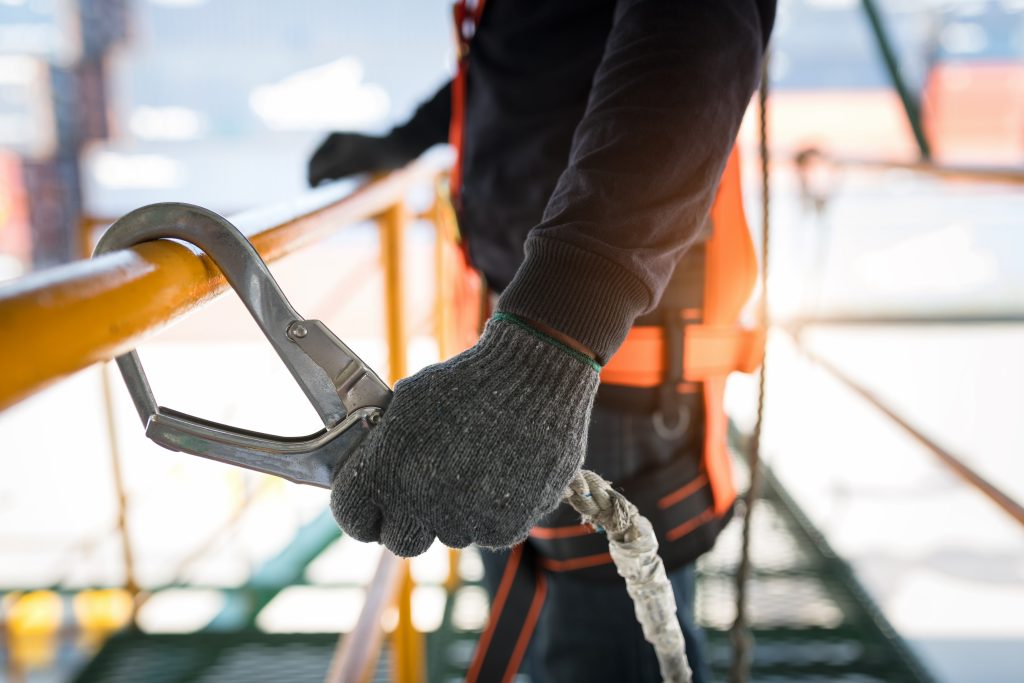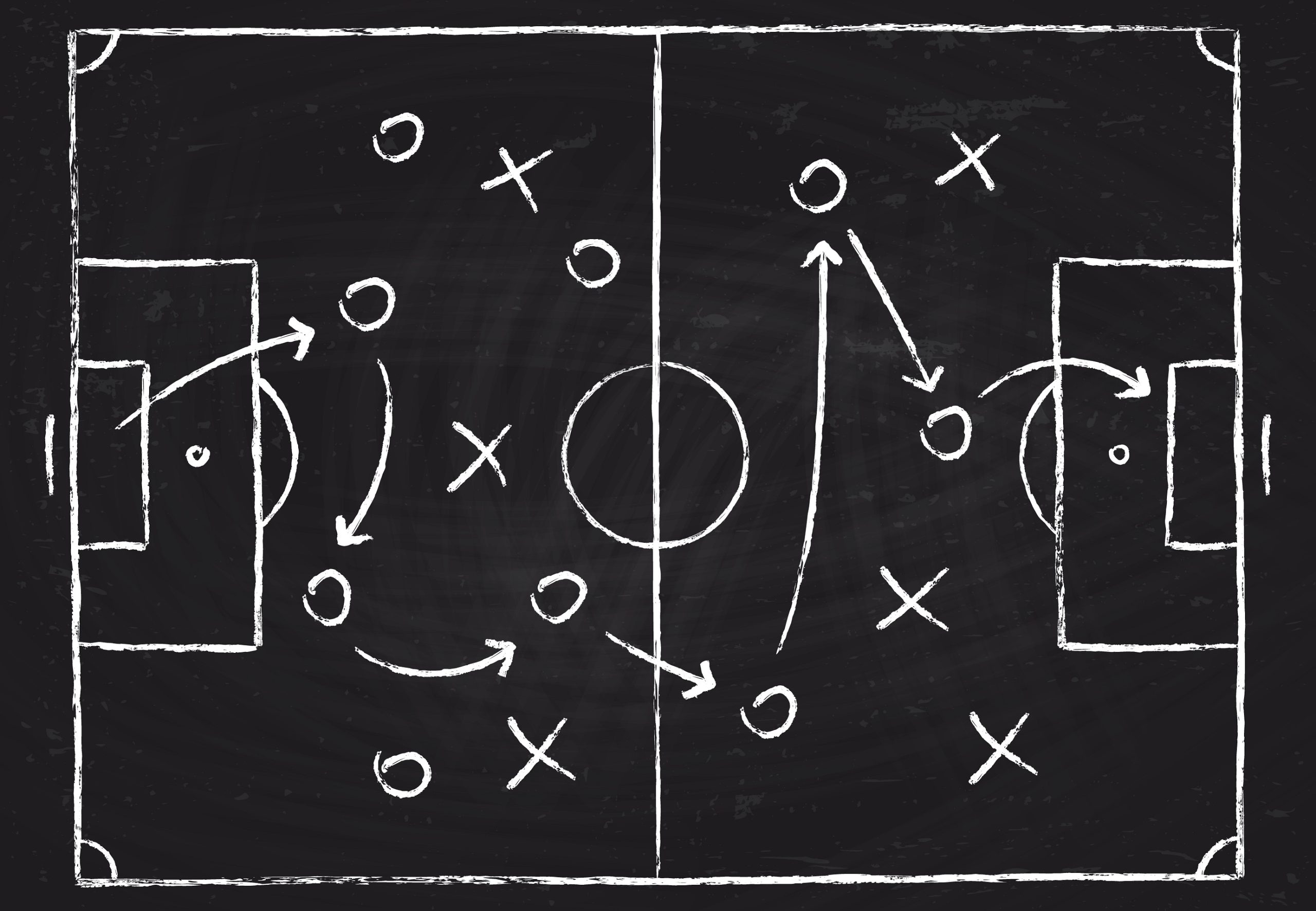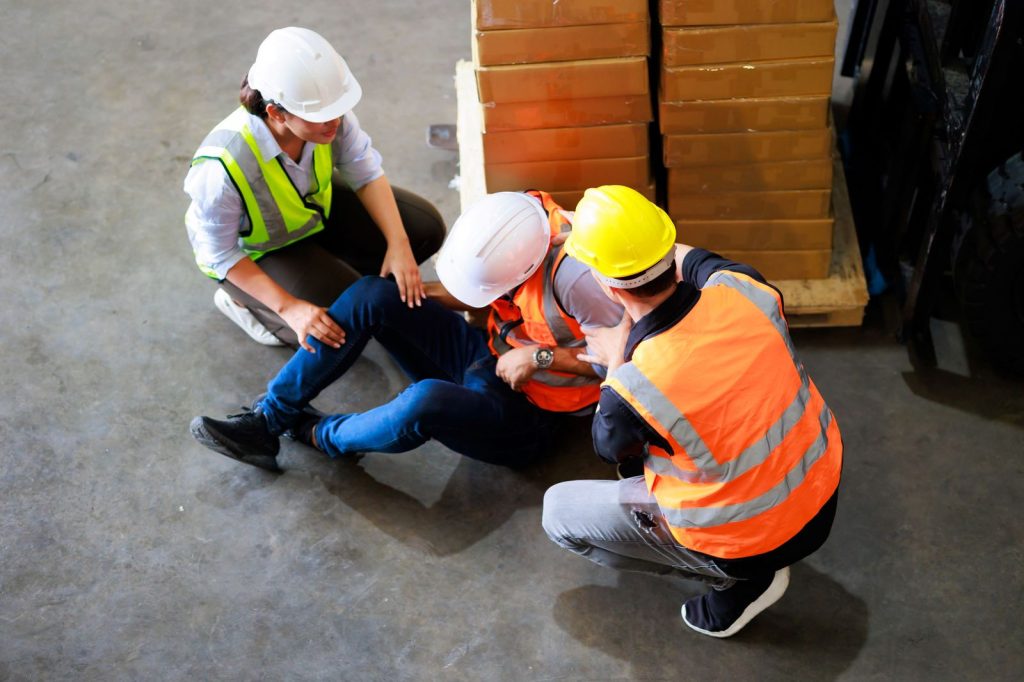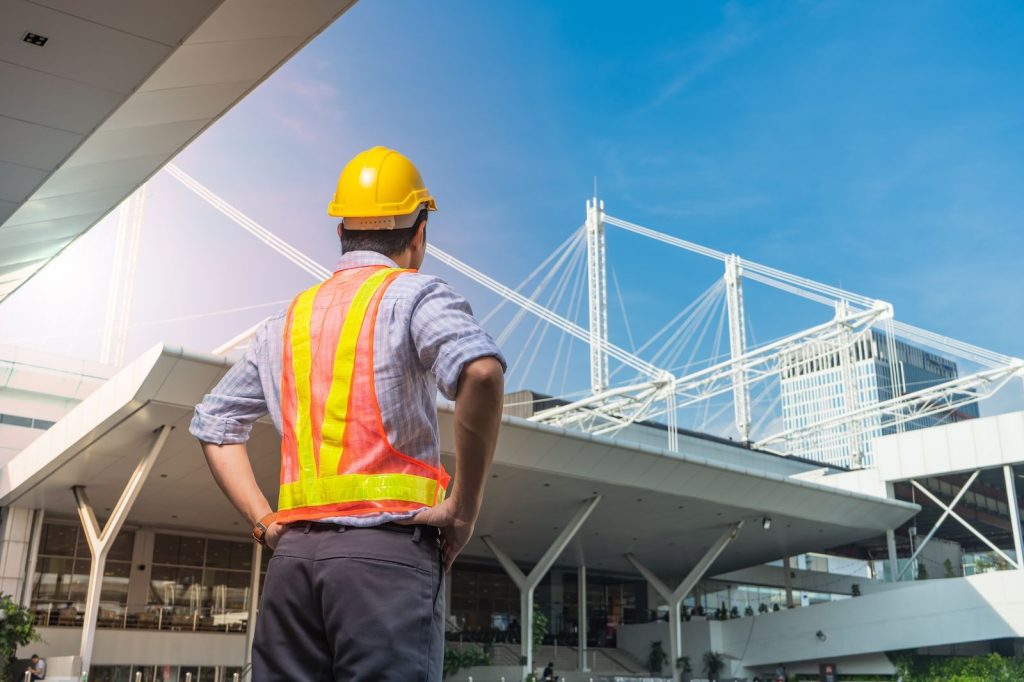The Most Important Safety Tips For Working On a Full-Fledged Construction Site

Construction sites are often considered to be high-risk work environments. Employees can face several health and safety hazards during one work shift. Asbestos in older buildings is one example of a common hazard, along with other airborne toxins and fibers. Falling materials and unintentional building collapse, along with injuries from machines, can also cause injuries to employees on the job site.
However, implementing a construction site safety plan will help keep employees safe and the project on track to meet the deadline.
How to Create a Health and Safety Plan

Implementing a safety plan will reduce workplace accidents and the costs that result from injuries and damage to machinery and materials. However, there are some factors to consider before you introduce the plan to your workforce.
- Tailor the health and safety plan. There are some common elements in all safety plans but yours will still differ from others. Consider the environment employees are working in. Since hazards on a construction site are constantly changing as the project progresses, your plan should also be able to evolve.
- Get employees’ input. Your employees are the ones that see and manage workplace dangers every day. They can provide insight and ensure that everything necessary is included in the plan.
- Ensure all company owners are onboard. If the construction company has more than one owner, everyone needs to agree on the safety plan and have open lines of communication.
Health and safety in construction are important for employers and employees, and while your plan will be different than others, some elements should be included.
Management Leadership
Upper and lower management need to lead by example. This means always wearing the appropriate and required safety gear on the construction site. Leadership should work continuously to eliminate hazards, and ensure that employees know that management is committed to their safety at work.
Management at all levels is responsible for establishing and helping employees meet safety goals. They must also provide the necessary resources needed to support the plan. The culture created by the example management sets is what the employees will follow.
Employee Participation
A construction safety plan won’t be effective unless employees participate. All employees, including contractors and short-term help, must understand and follow the safety guidelines.
If there are barriers to an employee’s understanding of the guidelines, for example, language must be addressed and removed. Employees should also be encouraged to communicate with management if they notice a hazard or safety violation.
Identify and Assess Hazards
The plan will include procedures and protocols for identifying and evaluating risks and hazards that include assessing the issue as routine, non-routine, or an emergency.
Routine assessments are performed on the job site to check on known existing hazards and identify new ones.
If an incident occurs, the goal of the investigation is to determine the cause and prevent safety issues from happening again.
The final step in this section of the safety plan is to prioritize the hazards for control purposes.
Prevention and Hazard Control
It will require both employees and management to determine the methods used to prevent, control, or eliminate construction site hazards.
The controls implemented in the safety plan will be based on a hierarchy that is set as follows,
- Solutions to the problem
- Implementing safe workplace practices that include always wearing protective gear when required
- Administration controls in place
If employees are required to purchase their own PPE (personal protective equipment), then the plan should also include an assistance program for those without PPE. For example, PPE can be distributed to employees and the cost gradually deducted from their pay.
Communication Protocols
In work environments with multiple owners, it is important to have communication protocols in place. This will ensure that a potential hazard isn’t overlooked by upper management.
Short-term employees and contractors also need to be aware of workplace communication protocols.
Education and Training
A health and safety plan is only effective if the entire workforce participates. One employee ignoring safety protocols is a potential hazard.
During the education and training phase, employees should learn and understand what their responsibilities are and how to carry them out. Management and owners should also participate in training to understand their responsibility to protect workers’ health and safety.
Management is also responsible for listening to employees’ concerns about workplace safety and implementing the appropriate responses and protocols.
Regularly Evaluate the Safety Plan
The safety plan should be regularly evaluated for its effectiveness. Scenarios on construction sites are constantly changing and new protocols might need to be added or existing ones revised.
If any changes are needed, take action immediately to protect the health and safety of all employees.
Prioritize Your Construction Site Safety With Work-Fit
The health and safety of employees on construction sites is important, and implementing protocols will mitigate existing and potential hazards.
Creating a comprehensive safety plan, especially one that includes musculoskeletal injury prevention, can be difficult. The experts at Work-Fit are here to help. Whether you are looking for health and safety consultants or just need a question answered, learn how our professionals can help.



